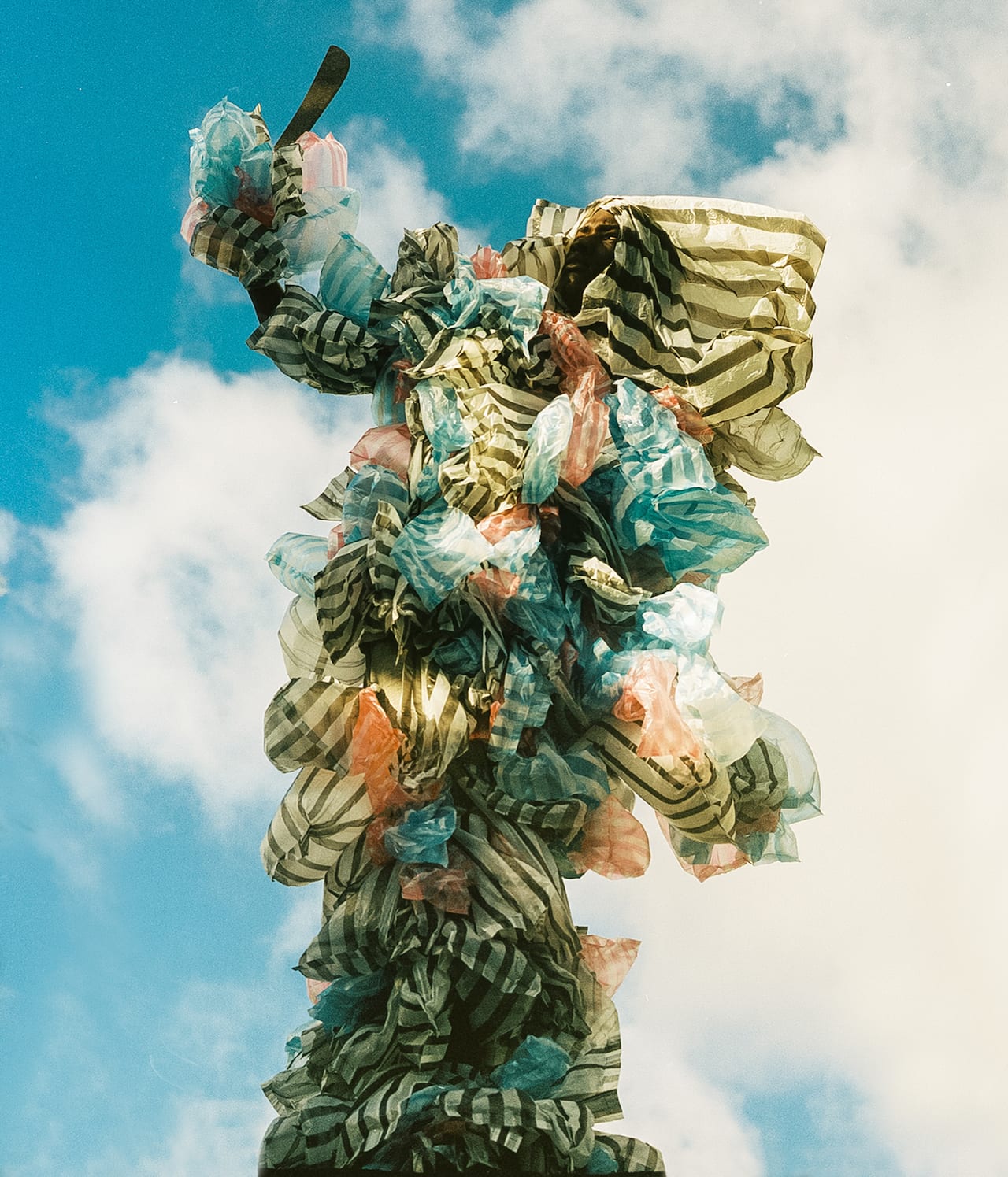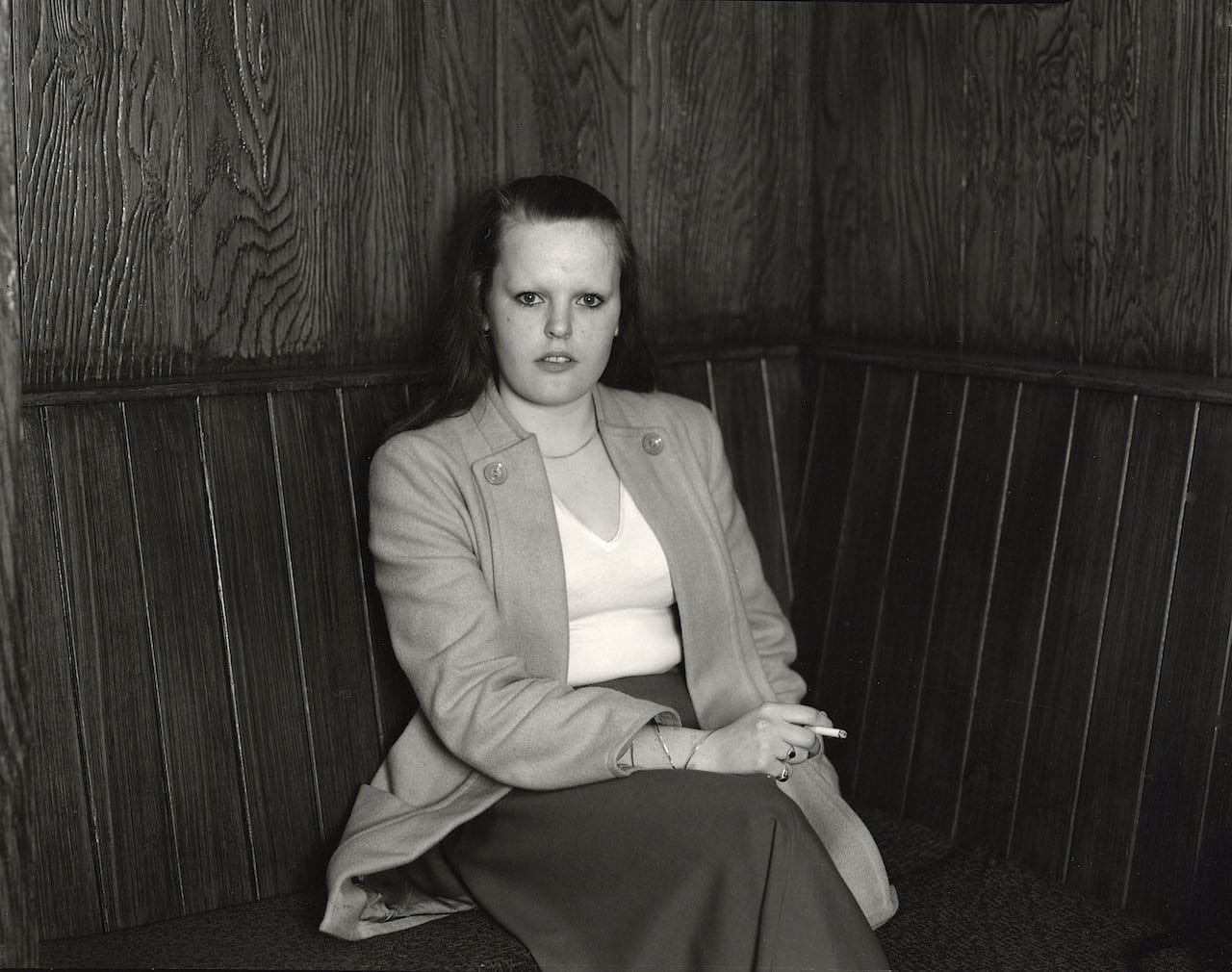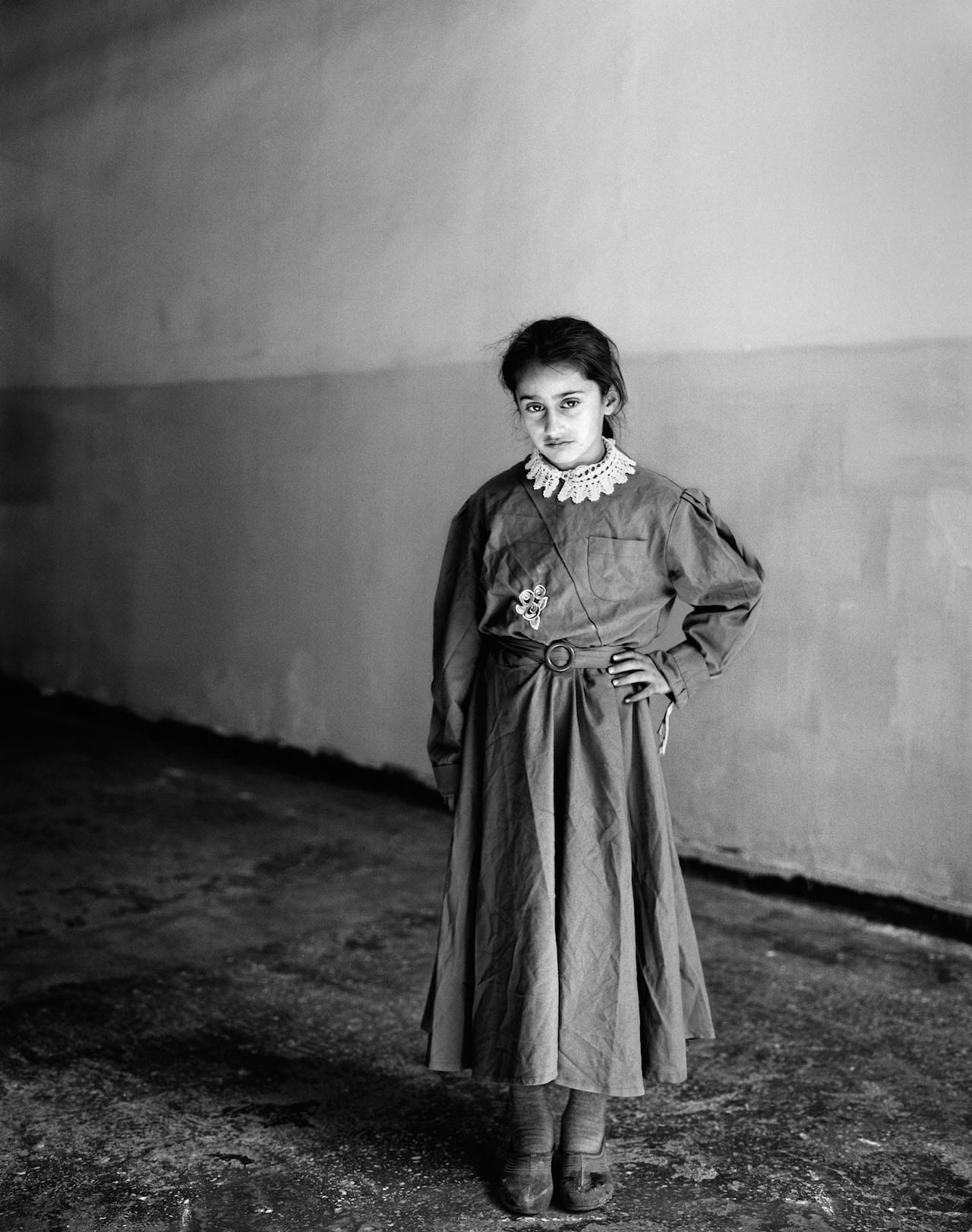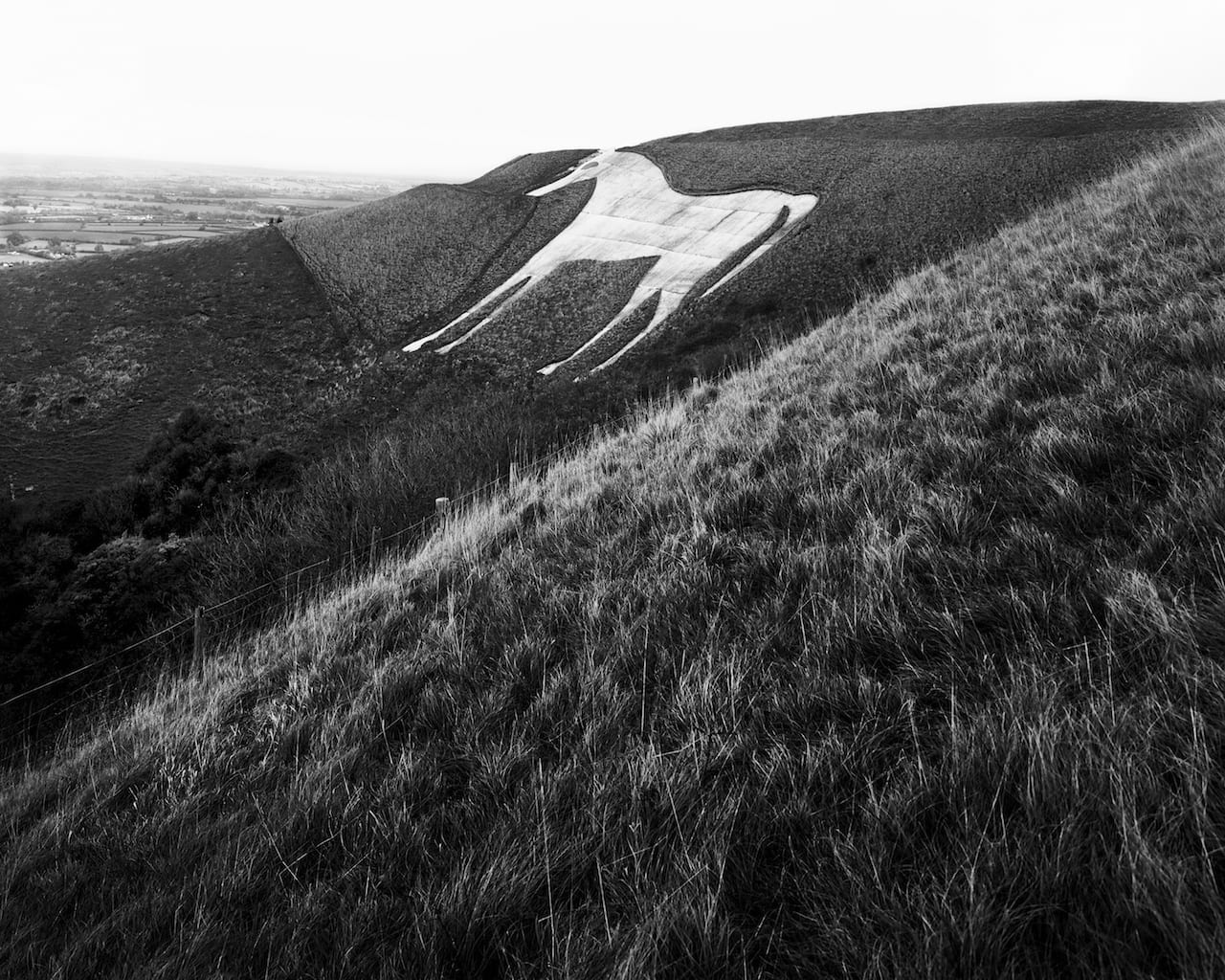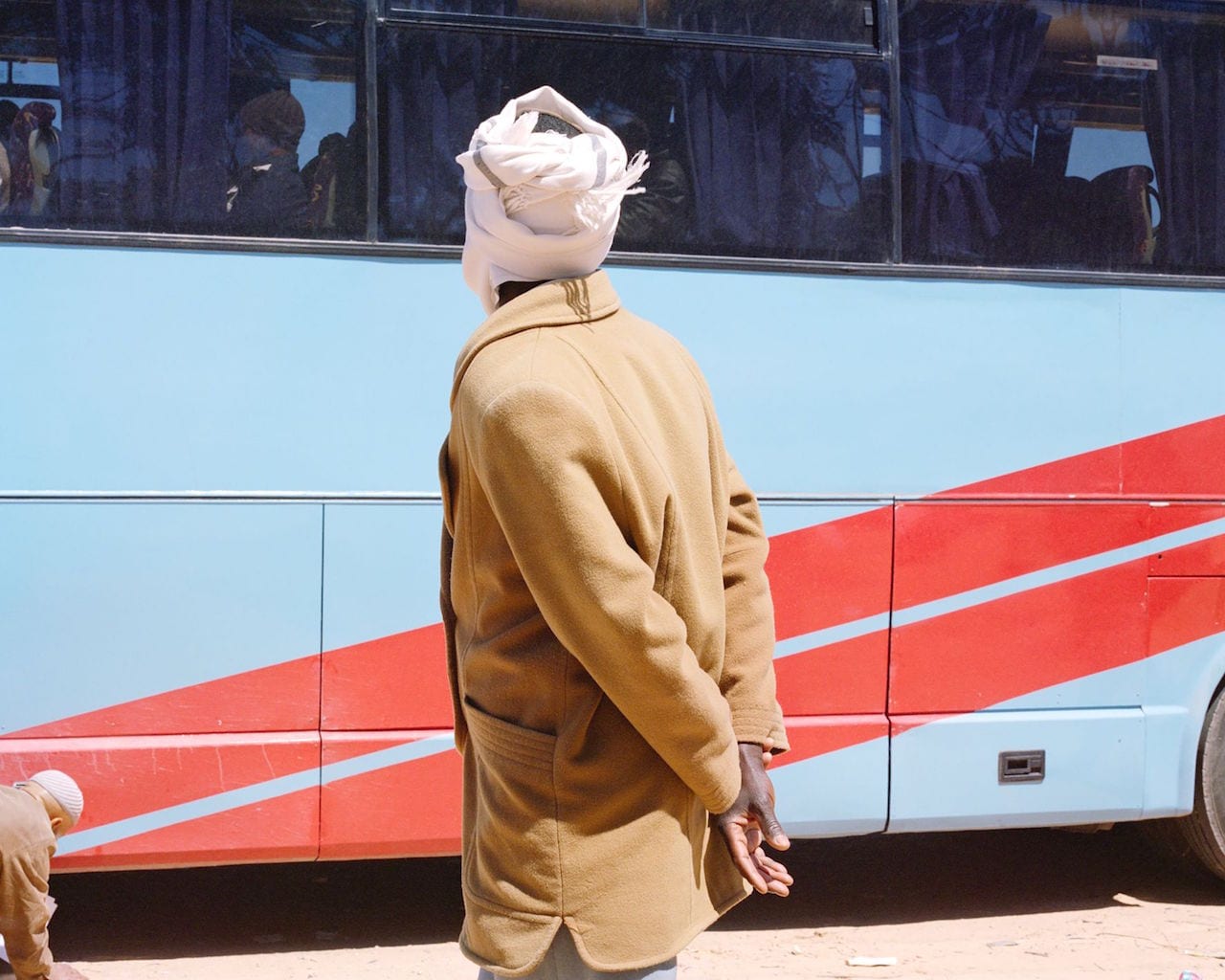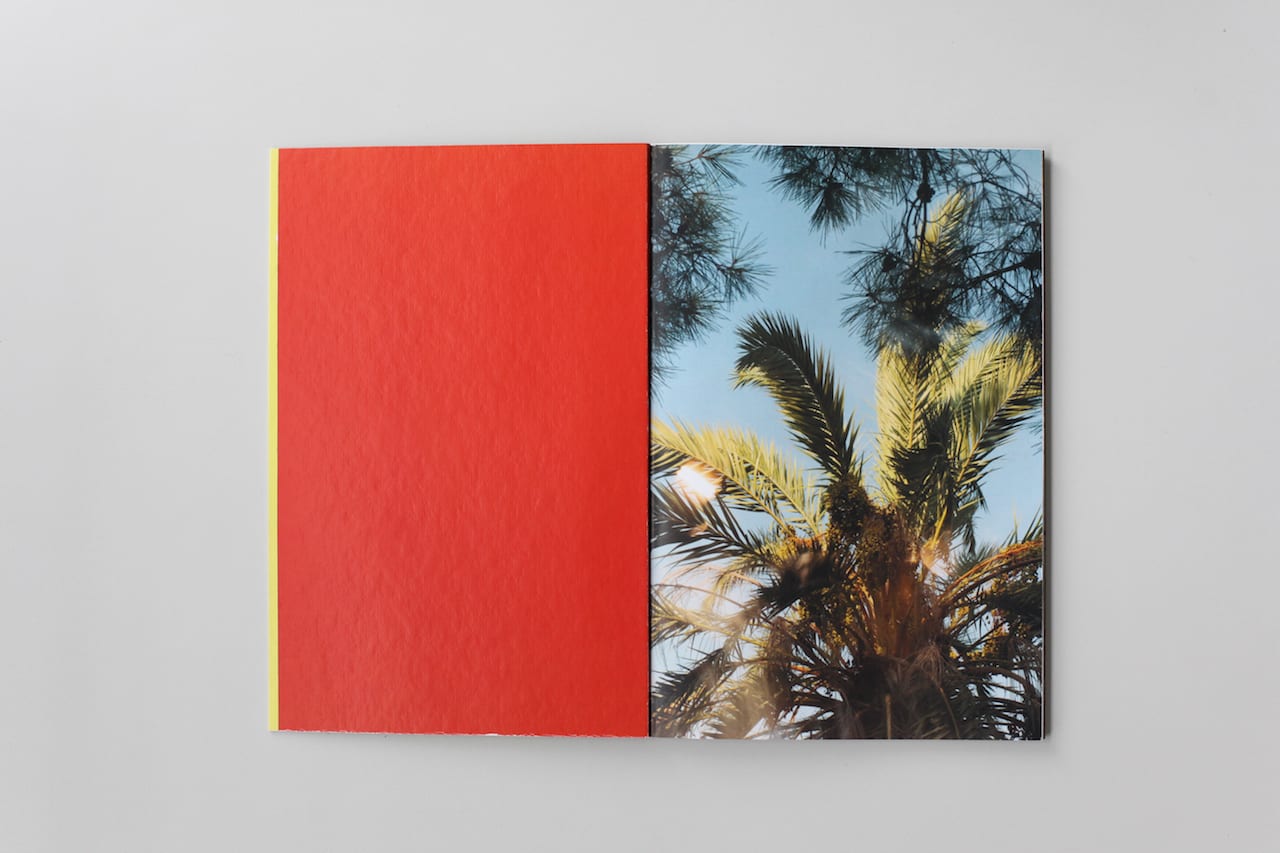Cindy Sherman has long been known for her love of dressing up. Inventing new characters became part of her photography early on in her 35-year career, and her most famous work remains Untitled Film Stills (1977 – 80), in which she posed as imaginary B-movie and film noir actresses.
Now 64, Sherman has her first solo show in London since 2011 at Sprüth Magers’ Mayfair gallery, with a body of work also inspired by the Hollywood machine. In a selection of large-scale colour portraits, Sherman is the subject of all the images – re-cast as various ‘grandes dames’ of 1920s Hollywood, in what appear to be publicity shots.


